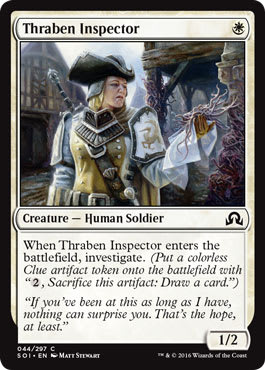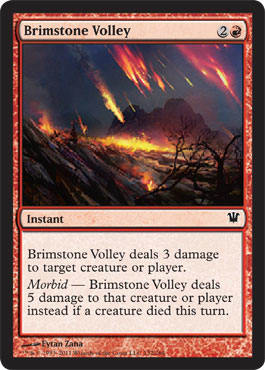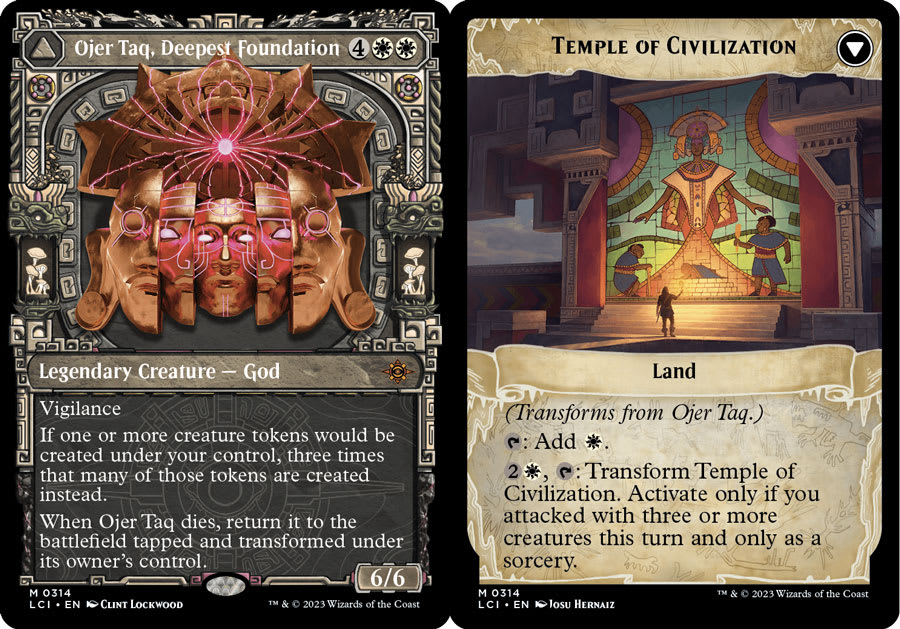Despite all the fuss about the Marvel Universes Beyond crossover, and the Doctor Who Universes Beyond crossover, and the Fallout Universes Beyond crossover, we've actually got an original new Magic: The Gathering set coming out too!

The Lost Caverns of Ixalan returns us to the plane of Ixalan, full of Dinosaurs, Pirates, Merfolk, and Vampires, as well as a whole host of new tricks. Ixalan is a world of adventure and exploration, and The Lost Caverns of Ixalan looks to build upon what we already know with a host of new and returning mechanics.
This week we got our first deep look at the set and all its mechanics, and we're currently in the preview season buildup to the release, so today we're going to examine each of the new and returning mechanics to help us build a framework for understanding the new previews.
So, let's go explore!
Explore
Explore was one of the more successful mechanics from the original Ixalan, as cards like Jadelight Ranger and Merfolk Branchwalker were staples during their time in Standard. At its core, explore is a fairly simple mechanic:
Reveal the top card of your library. Put that card into your hand if it's a land. Otherwise, put a +1/+1 counter on this creature, then put the card back or put it into your graveyard.
Explore essentially turns your creature into either a reasonably sized creature on rate and mills a card, or a smaller creature that draws you a land, both of which are pretty reasonable. Cenote Scout is the simple, nuts and bolts explore creature previewed so far, as either a 2/2 for one mana or a Sylvan Ranger for one mana, both of which are very serviceable.
We'll surely see some twists on explore like Jadelight Spelunker, which trades efficiency for flexibility. At two or three mana, Jadelight Spelunker is worse than Merfolk Branchwalker or Jadelight Ranger respectively, but the ability to scale up later in the game and draw a bunch of lands or put a bunch of cards in the graveyard is quite good.
It's important to note how explore will affect your deck-building and gameplay, as you're a bit more likely to make land drops with explore cards in your deck, and explore cards will also help fill your graveyard for various effects which is always very powerful, more on this later.
But that's not all for explore!
Map Tokens
Aside from seeing explore on creatures, we'll also be seeing it on the new Map tokens.
Think Clue or Blood tokens, but with a twist, and you've got the new Map tokens created by Spyglass Siren and other cards. "Draw a card or pump your creature +1/+1 and mill a card" is a great effect to have access to, especially in limited, and the fact that you can choose which creature you want this to happen to and when is also very nice.
And don't forget how powerful just putting pieces of cardboard on the battlefield is!
There's a reason why cards like Thraben Inspector and Voldaren Epicure are multi-format all-stars. A 1-drop that creates a piece of material that can be sacrificed or used for many other purposes is just excellent, especially when it comes along with a relevant body. A 1/1 flier is better than a 1/2 or 1/1, meaning it's likely that Spyglass Siren will follow the same trajectory.
Descend
Next us is descend, which is honestly a bit complicated as it comes in a few different forms.
The first is essentially just a modified threshold with a number value. Like threshold, the term "descend" doesn't really have any rules text, it's just a signifier for the mechanic which is already spelled out. In the case of Didact Echo, if there are four or more permanent cards in your graveyard, it has flying.
However, it gets a bit weirder.
Broodrage Mycoid uses the terminology "descended" which has much more in common with morbid. Descended means that a card was put into your graveyard from anywhere this turn, and if you've descended when Broodrage Mycoid triggers you will get your trigger.
But wait, there's more!
Souls of the Lost is a somewhat Tarmogoyf-adjacent card, with "fathomless descent" which tracks the number of permanent cards in your graveyard to give it its size. Of course, counting the number of permanent cards in a graveyard definitely feels different than both threshold and morbid, but that's where we are at.
All of these cards seem sweet, but utilizing a single keyword in all of these different ways feels confusing. Threshold was perhaps a bit too simple, but the idea was to keep the mechanic simple so tracking it in-game was easy to do. Threshold is seven cards, on or off - that's it. There's going to be a lot of tracking when it comes to all the various versions of descend.
Discover
A new version of cascade was definitely not on my 2023 bingo card, but that's where we are at with discover!
Cascade is a very powerful mechanic that has seen a ton of tournament play over the years, from being played fairly with Bloodbraid Elf, to being the lynchpin of many different strategies in Modern abusing spells with no mana cost, there's no doubt the mechanic is a power level outlier.
Well now we have a new, "fixed" cascade, although "fixed" doesn't really address some of the core issues with the mechanic.
Exile cards from the top of your library until you exile a nonland card with mana value X or less. Cast it without paying its mana cost or put it into your hand. Put the rest on the bottom in a random order.
Discover is similar to cascade but has two key differences. While cascade was always tied to one less than the mana cost of the cascade card, discover has a numerical value after it. This number determines the mana value of the card you are getting for free. You also have the option to just put the card in your hand and not cast it, meaning that it plays much better with counterspells and other conditional spells which were almost always blanks with cascade that you can now just draw.
As we see with Hit the Mother Lode, having a numerical value attached to discover means that you can do some pretty interesting things with it, although the higher the number is the less you can control what you get in deck-building.
Discover is a huge red flag, as there's seriously potential for cards here that will be players in all formats, so this is one to watch.
Craft
The last mechanic is another complicated one, in craft.
With mechanics like descend caring so much about permanents, it makes sense that many of the "spells" in The Lost Caverns of Ixalan would be triggers on permanents, and Spring-Loaded Sawblades is a good example. This is just the typical Gideon's Reproach-style removal spell in artifact form.
However, there's a bit more if you keep reading.
Craft with artifact ![]()
![]() (
(![]()
![]() , Exile this artifact, Exile another artifact you control or an artifact card from your graveyard: Return this card transformed under its owner's control. Craft only as a sorcery.)
, Exile this artifact, Exile another artifact you control or an artifact card from your graveyard: Return this card transformed under its owner's control. Craft only as a sorcery.)
There's a lot of modularity to the craft mechanic, as both the cost as well as the things you craft with are variable. In this case, Spring-Loaded Lightblades crafts with any other artifact, which needs to be in play or in your graveyard. If you pay the cost and exile that artifact, you get to flip Spring-Loaded Sawblades into Bladewheel Chariot.
This one gets pretty wild when you start crafting with a whole bunch of different clauses or card types, like The Enigma Jewel wanting four non-lands with activated abilities or Throne of the Grim Captain wanting four different creature types, making this mechanic quite complicated.
Whew!
There's a lot of cool stuff happening in The Lost Caverns of Ixalan, but there's also a lot going on. With so many of these new mechanics having so much modality and different ways of being used, we're getting rather deep into a level of complication and wordiness that is a little worrisome.
And that's not even mentioning the return of flip lands to go alongside the flipping craft cards, as well as the usual array of legendary creatures and the new cave land type.
Will it all come together and make sense? We will see!











































